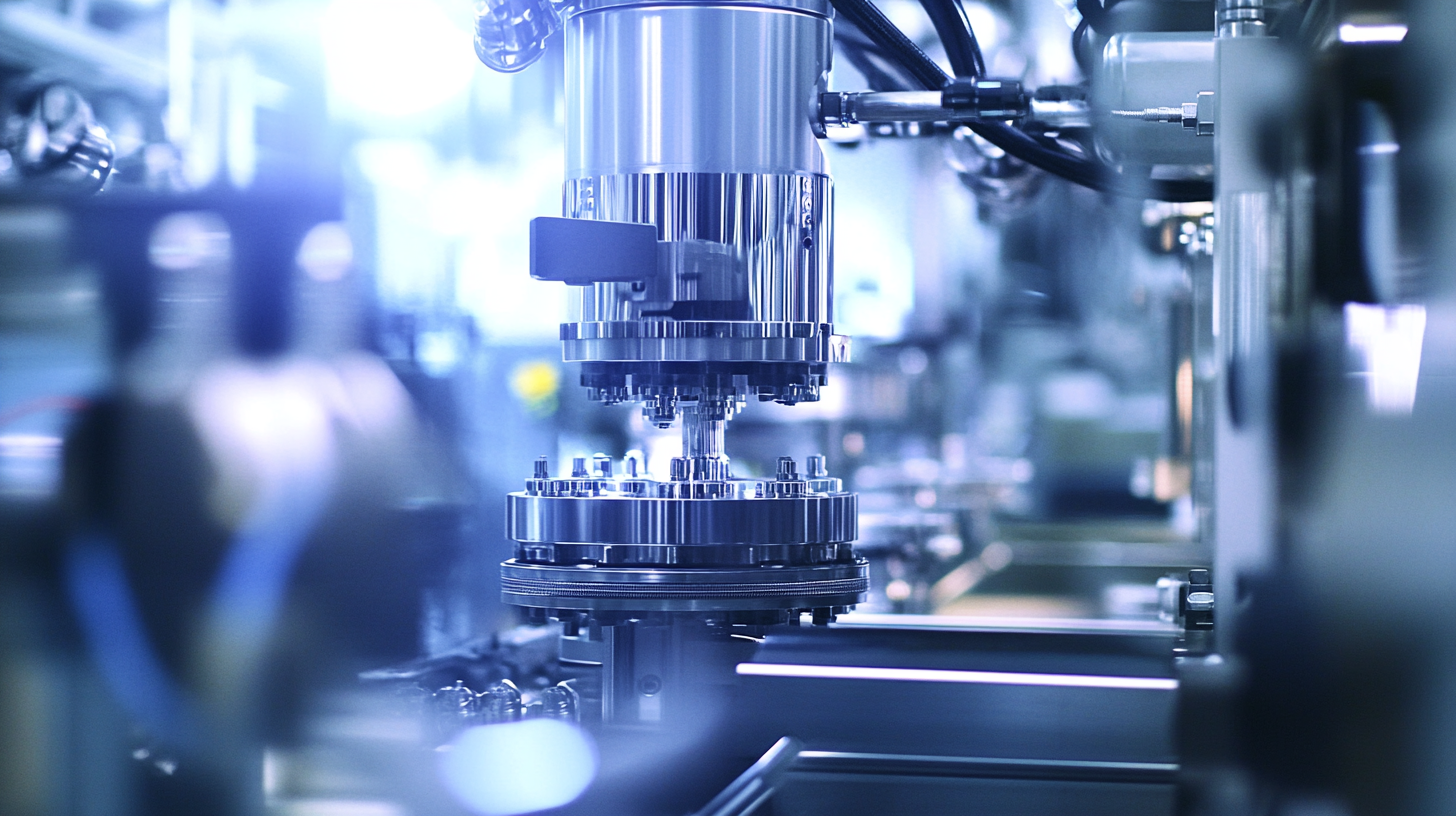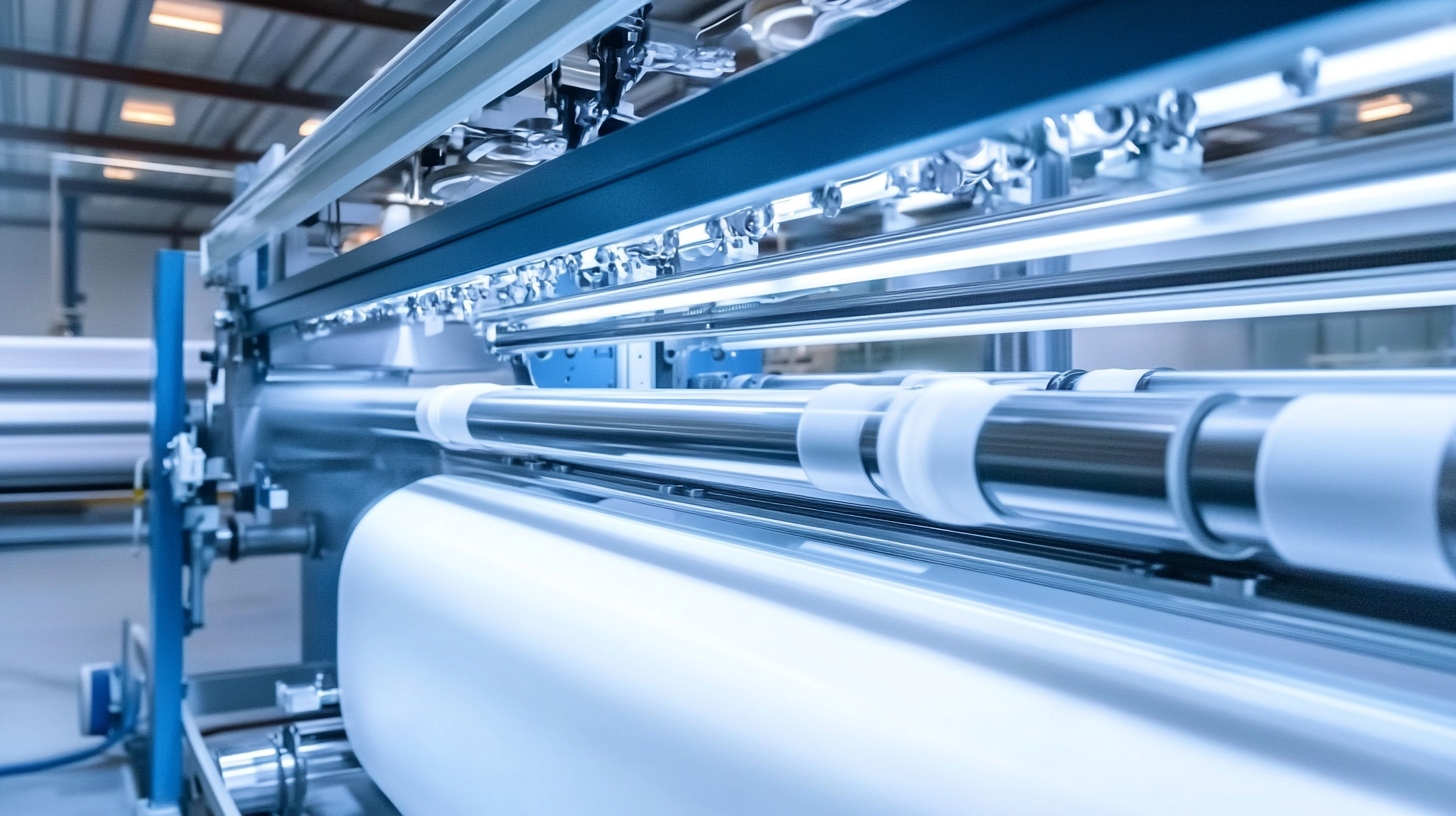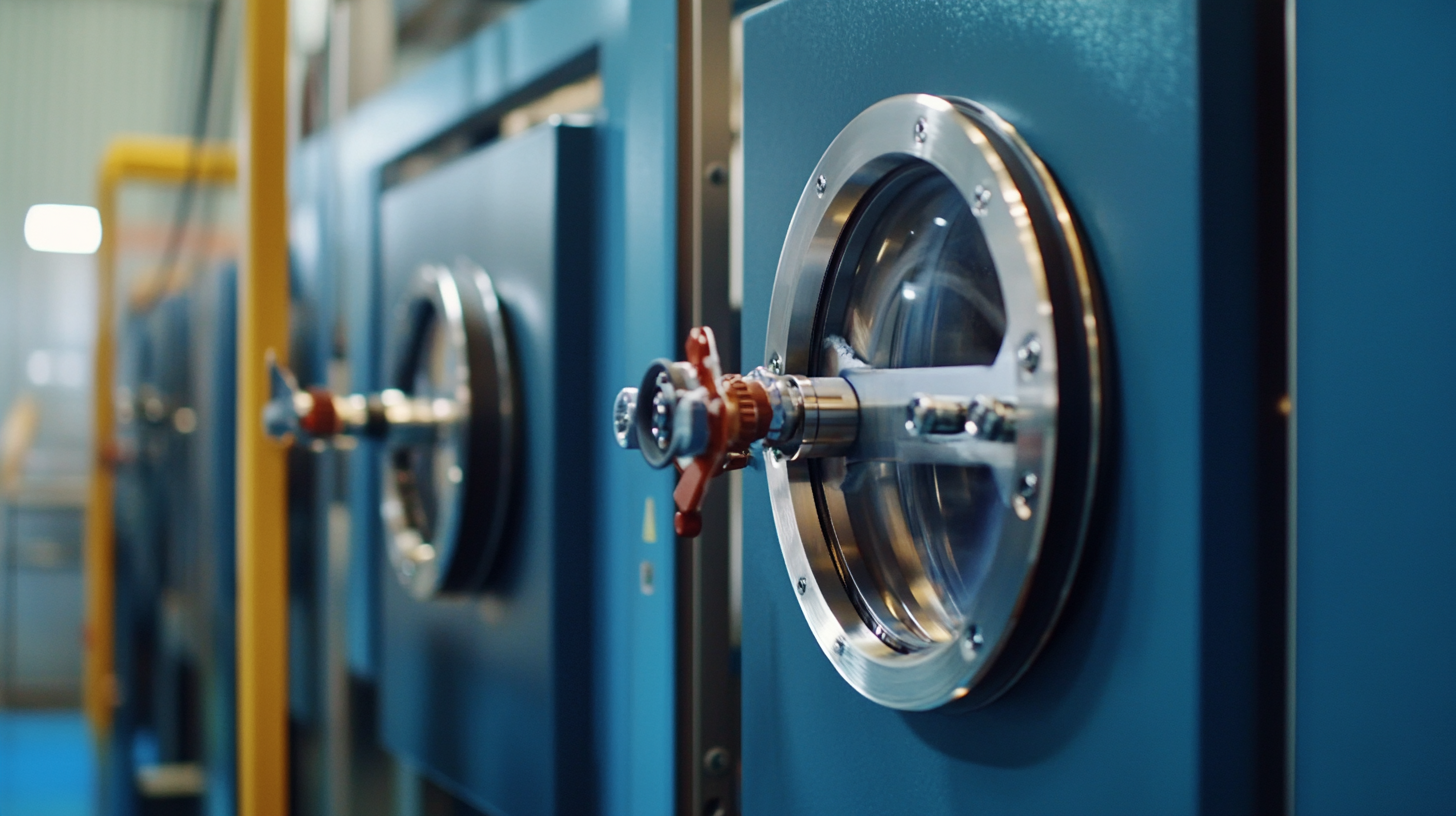
In today's fast-evolving manufacturing landscape, the demand for high-quality surface finishes has driven the development of advanced technologies, particularly in the field of coating applications. Transfer Coating Machines have emerged as vital tools in achieving optimal results and efficiency across various industries, including automotive, electronics, and textiles. According to a recent industry report by MarketsandMarkets, the global transfer coating machine market is projected to reach $2.5 billion by 2025, driven by the need for enhanced productivity and sustainability in coating processes. These machines offer alternatives that not only improve adhesion and durability but also reduce material waste, highlighting their significance in modern production. As manufacturers continue to seek innovative solutions to meet stringent quality standards, exploring the features and applications of the best transfer coating machines becomes essential for staying competitive and maximizing operational efficiency.

When considering the best transfer coating machines for your production needs, several key features can significantly enhance both efficiency and output quality. First and foremost, the precision of the coating process is paramount. Look for machines equipped with advanced microprocessor controls that allow for accurate adjustment of coating thickness and uniformity. This level of control ensures that each application meets specific requirements, minimizing waste and rework.

Another important feature to consider is the versatility of the machine. A top transfer coating machine should accommodate a variety of substrates and coating materials, from water-based to solvent-based options. This flexibility not only broadens the potential applications but also allows for easy adaptation to changing production demands. Additionally, machines that offer quick changeover capabilities can dramatically reduce downtime, further contributing to overall productivity. By focusing on these key features, businesses can select machines that optimize results and streamline their operations effectively.
Transfer coating technology has gained significant traction across various industries, offering innovative solutions for a variety of applications. According to a report by MarketsandMarkets, the global transfer printing market is projected to reach USD 4.14 billion by 2025, growing at a CAGR of 6.8%. This growth is driven by increased demand for personalized products, from textiles and electronics to automotive components, where high-quality, durable finishes are essential.
One prominent application of transfer coating technology is in the textile industry, where it enables intricate designs and vibrant colors to be applied to fabrics. The ability to achieve high-resolution patterns and an extensive color palette makes it an ideal choice for fashion and home furnishings. Furthermore, the automotive industry utilizes transfer coating for decorative coatings and functional applications, enhancing both aesthetics and durability. Research indicates that transfer coating methods can reduce material waste by up to 30%, leading to more sustainable production practices. As industries continue to seek efficiency and innovation, the integration of transfer coating technology is set to expand, offering both economic and environmental benefits.
| Machine Type | Coating Technology | Application Area | Efficiency Level | Key Features |
|---|---|---|---|---|
| Automatic Transfer Coater | Hot Melt Coating | Electronics | High | Rapid application speed, adjustable coating thickness |
| Manual Transfer Coater | Solvent-Based Coating | Textiles | Medium | Versatile application, suitable for small batches |
| Robotic Transfer Coater | UV Coating | Automotive | Very High | Automation, high precision |
| Roller Transfer Coater | Dipping Coating | Construction | High | Consistent quality, flexible for various substrates |
| Spray Transfer Coater | Aerosol Coating | Furniture | Medium | Even coverage, reduced waste |
When selecting a transfer coating machine, evaluating the manufacturer’s reputation and experience is paramount to ensuring optimal results and efficiency. A reputable manufacturer will have a proven track record in the industry, often supported by reviews, testimonials, and case studies. It’s beneficial to research how long the manufacturer has been in business, as longevity usually indicates reliability and expertise. A company that has been in the market for several years is likely to have refined its designs and processes, leading to better product offerings.
Additionally, consider the manufacturer’s experience with the specific type of transfer coating technology you require. Some manufacturers may specialize in certain applications, offering tailored solutions that enhance performance and efficiency. Engaging with industry forums or professional networks can provide insights into manufacturers’ reputations and their customer relations. Ultimately, choosing a manufacturer with a solid reputation and extensive experience will not only minimize risks but also enhance the likelihood of achieving outstanding results with your transfer coating projects.
This chart illustrates key features and applications of the best transfer coating machines in terms of speed, efficiency, cost, durability, and maintenance frequency. These parameters are essential for evaluating the performance and suitability of machines in various applications, supporting optimal results and efficiency.
When considering optimal efficiency in transfer coating machines, several essential factors come into play. Firstly, the precision of the machine significantly impacts the overall quality of the output. According to industry reports, machines that incorporate advanced automation and real-time monitoring capabilities can reduce waste and defects by up to 30%. This increase in automation not only enhances the precision of transfers but also contributes to consistent production quality, which is crucial in high-stakes applications such as automotive and electronics manufacturing.
Moreover, the selection of coating materials and their compatibility with the machinery is another critical factor for achieving optimal efficiency. Recent studies suggest that machines specifically designed for certain polymers or coatings tend to offer a higher operational efficiency, with some reports indicating a 25% improvement in coating adhesion and durability when the right match is used. Additionally, regular maintenance and timely upgrades of both software and hardware components can lead to enhanced performance and reduced downtimes, making efficient machinery even more vital in today's fast-paced production environments.
 When it comes to purchasing transfer coating machines, the debate between cost and quality is paramount. Many buyers find themselves faced with a choice: go for a budget option that may lack longevity and reliability, or invest in a higher-end machine that promises superior results and efficiency. Understanding the implications of this decision is crucial, as the right equipment can significantly influence production outcomes and operational efficiency.
When it comes to purchasing transfer coating machines, the debate between cost and quality is paramount. Many buyers find themselves faced with a choice: go for a budget option that may lack longevity and reliability, or invest in a higher-end machine that promises superior results and efficiency. Understanding the implications of this decision is crucial, as the right equipment can significantly influence production outcomes and operational efficiency.
Opting for a cheaper machine might initially seem cost-effective, but the potential hidden costs—such as increased maintenance, reduced output quality, and shorter lifespan—can quickly accumulate. On the other hand, high-quality machines might require a larger upfront investment, but they often deliver better performance, consistency, and durability over time. By evaluating how each option aligns with your long-term operational goals, you can make an informed decision that balances financial constraints with the need for reliability and effectiveness in application.